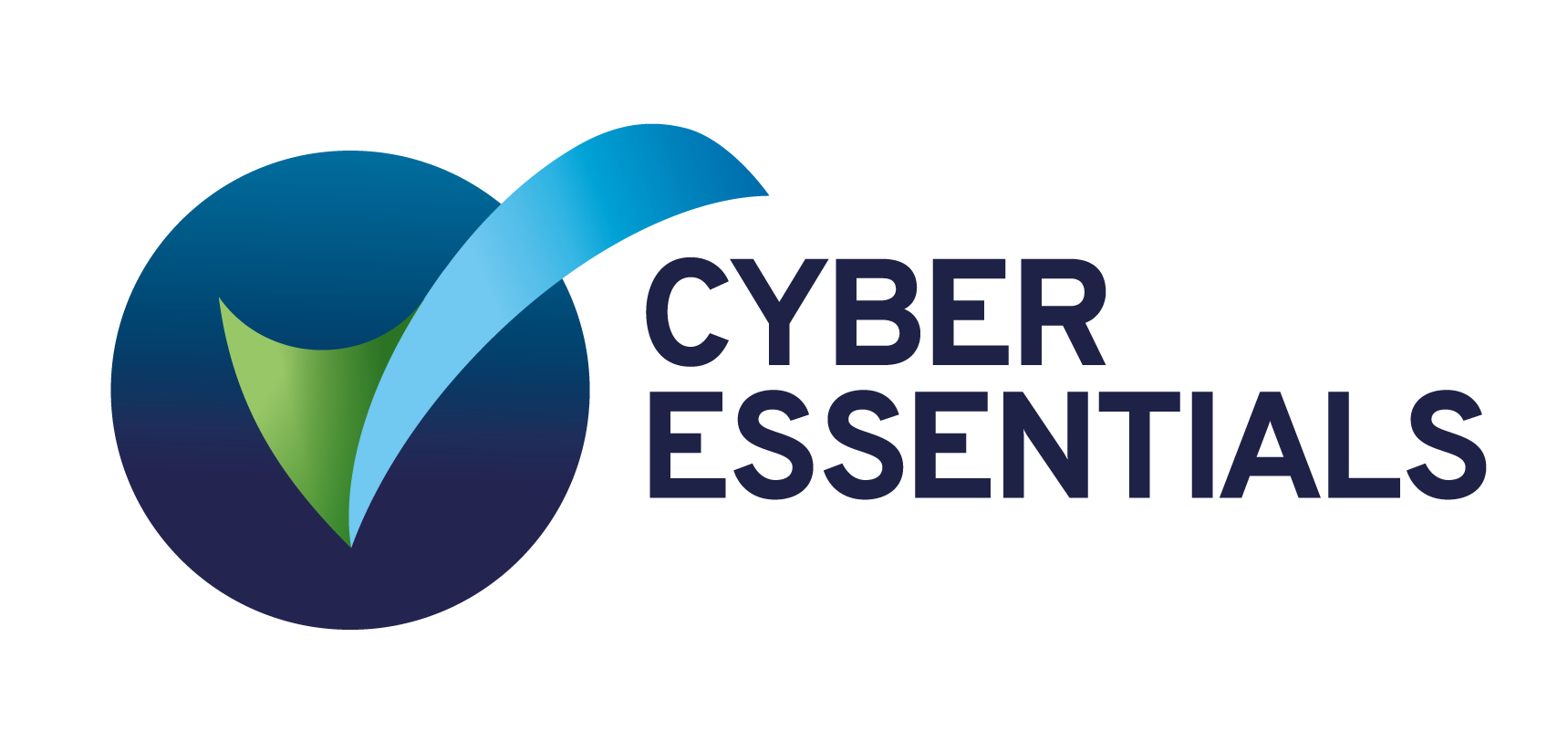6 min read
What is Cyber Essentials?
Cyber Essentials is a simple, yet very effective scheme backed by the UK Government. It is designed to help protect companies, regardless of their...

6 min read
Cyber Essentials is a simple, yet very effective scheme backed by the UK Government. It is designed to help protect companies, regardless of their...
2 min read
‘Please create a secure password. ’ How many times a year do you read this and think I’ll stick to the password I use for every other site, and it...
2 min read
Photo credit: Writix During the first lockdown, our priority was to quickly facilitate working from home and keep business moving. We did this...

5 min read
A recent survey reported that 90% of organisations had been subject to a phishing attack. You may have heard of ‘phishing’ but do not know what is...
3 min read
Do you ever worry that your email has been hacked and your data breached? Cyber attacks make global news headlines on a weekly basis; Hackney...
2 min read
Short for malicious software, you may have heard the term malware used when it comes to computer security. Here at Superfast IT, we’ve seen the...